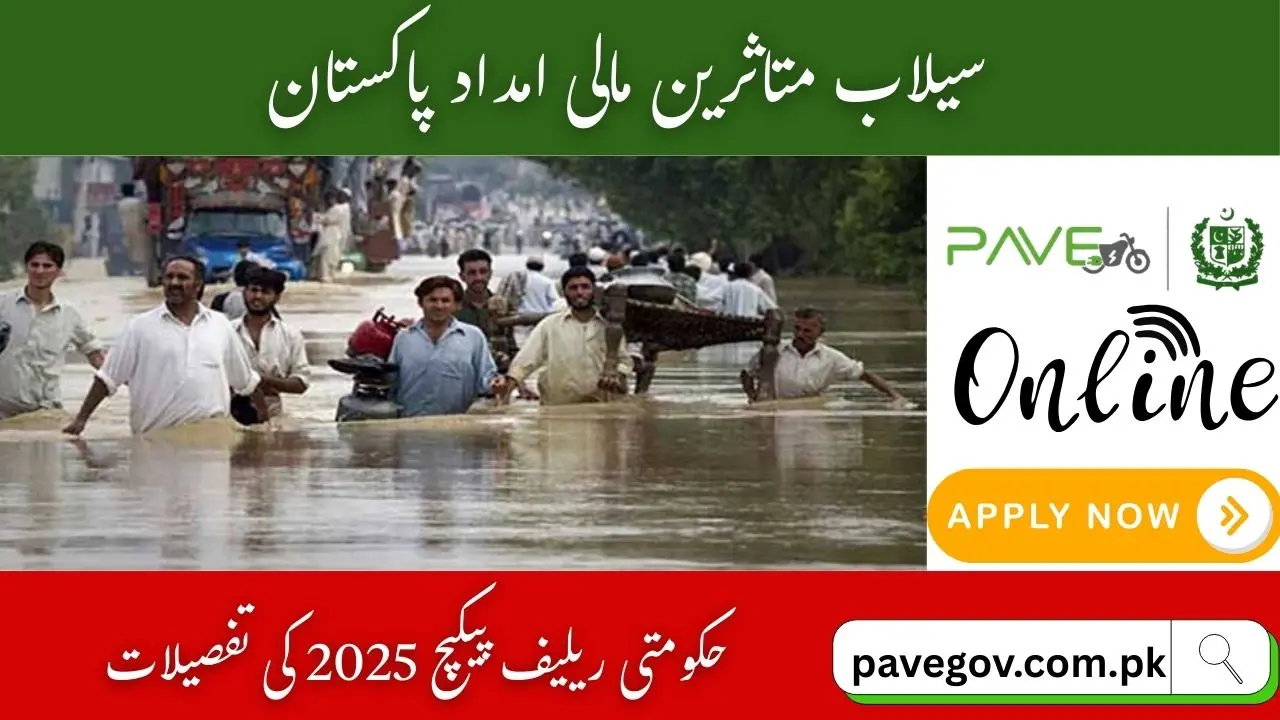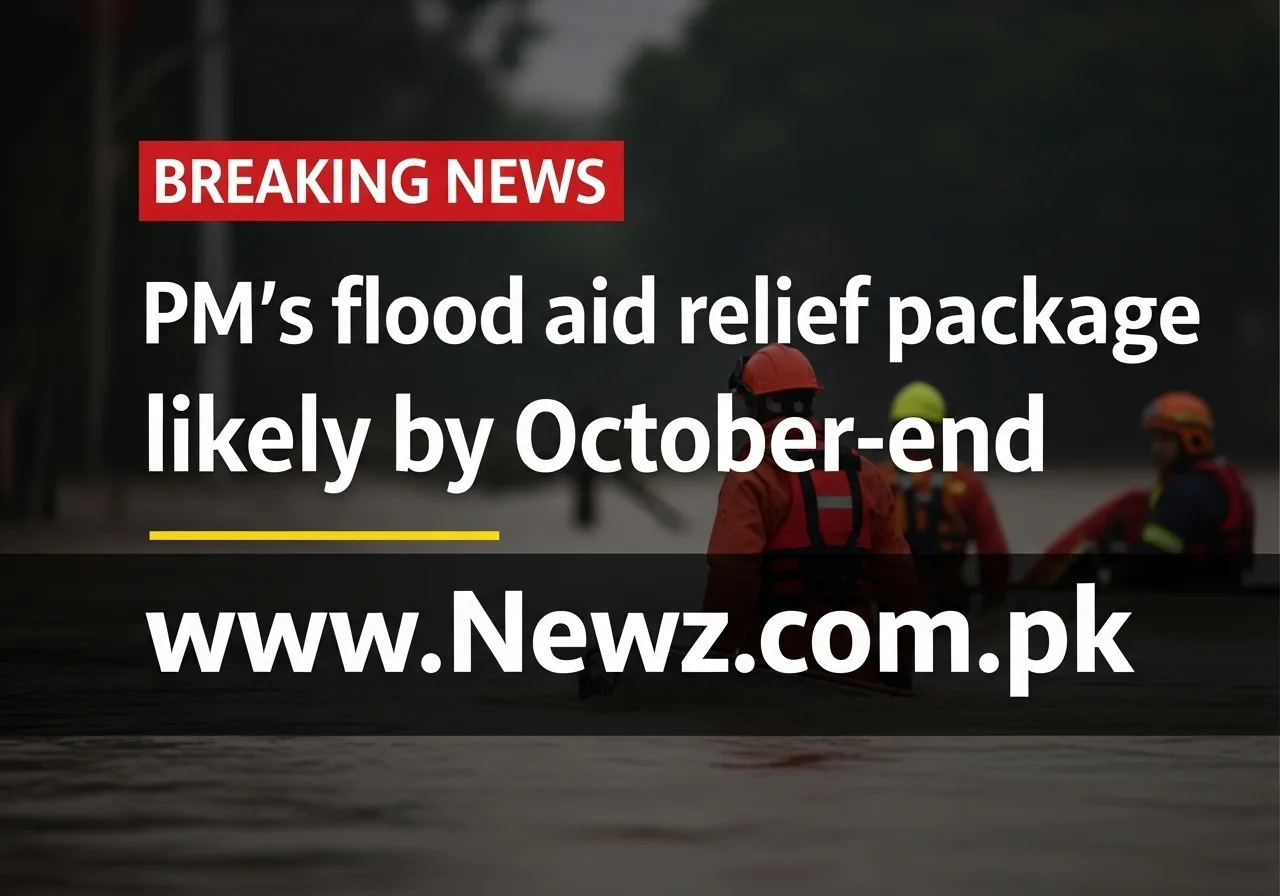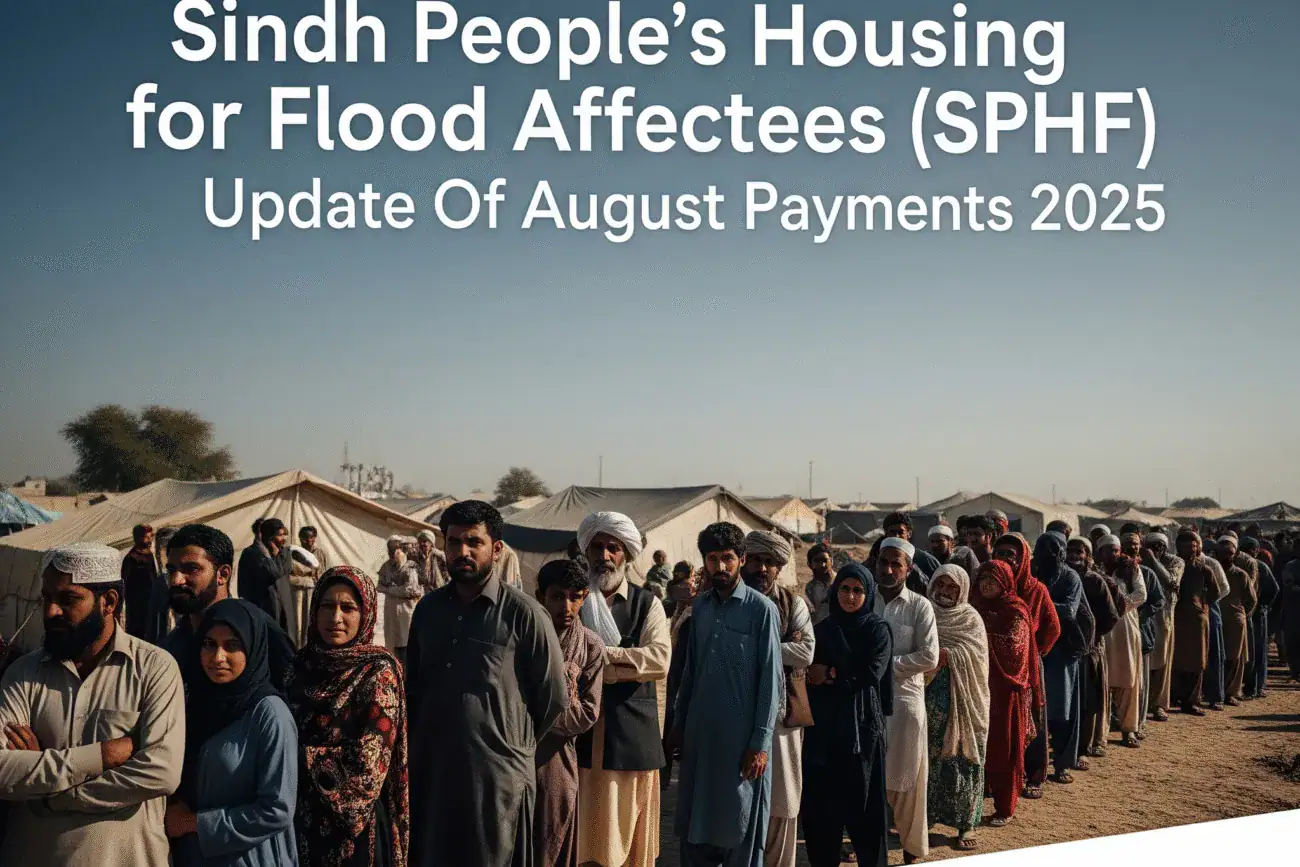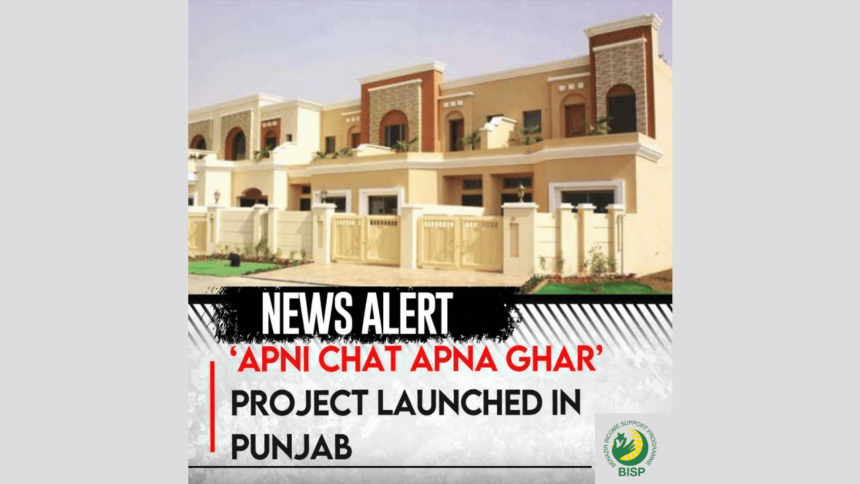Flood Victims Financial Aid Pakistan – Government Relief Package 2025
The Government of Pakistan has announced a large-scale financial relief and rehabilitation program to support millions of citizens affected by the devastating 2025 floods. The Flood Victims Financial Aid Pakistan – Government Relief Package 2025 marks one of the most comprehensive disaster recovery initiatives in the nation’s history. Under the leadership of Chief Minister Maryam Nawaz Sharif, the Punjab government has taken a leading role in providing emergency financial assistance, shelter, medical care, and long-term reconstruction efforts across Punjab, Sindh, and Khyber Pakhtunkhwa (KP).
This article provides an in-depth explanation of the relief package, including details on compensation, registration procedures, rehabilitation strategies, and future resilience measures aimed at reducing the impact of future natural disasters.
Overview of the 2025 Floods in Pakistan
The 2025 floods have been described as one of the most destructive natural disasters Pakistan has faced in decades. Unprecedented monsoon rains caused widespread flooding across Punjab, Sindh, and KP, washing away homes, crops, and infrastructure. According to official data:
- Over 4,000 villages were severely damaged or completely submerged.
- Around 4.15 million people were directly affected, losing homes, farmland, and livestock.
- Thousands of homes were either destroyed or partially damaged.
- Crops covering millions of acres were wiped out, devastating the rural economy.
These floods not only created immediate humanitarian crises—such as food shortages, lack of clean water, and disease outbreaks—but also raised long-term concerns about economic recovery and agricultural stability. The government’s relief package was thus designed to address both immediate survival needs and sustainable rehabilitation.
Government Response and Relief Initiative
In the aftermath of the disaster, Prime Minister Shehbaz Sharif and Chief Minister Maryam Nawaz took urgent notice of the situation. The Flood Relief Package 2025 was launched as a multi-phase plan involving short-term emergency relief, medium-term rehabilitation, and long-term infrastructure rebuilding.
The Punjab Government, in collaboration with the federal ministries and provincial authorities, initiated financial compensation for affected families, restoration of agricultural productivity, and reconstruction of damaged properties.
The relief package aims to:
- Provide direct cash assistance to families of deceased and injured individuals.
- Support farmers and livestock owners who lost their sources of livelihood.
- Offer temporary shelters, food, and clean water to displaced populations.
- Launch rehabilitation projects for schools, hospitals, and irrigation systems.
- Strengthen flood protection infrastructure to prevent future disasters.
Financial Aid and Compensation Structure
The 2025 Flood Relief Package includes a well-structured compensation plan categorized according to the type and scale of losses suffered. The government has pledged billions of rupees to ensure that all affected families receive fair and timely support.
| Category | Compensation Amount | Additional Support |
|---|---|---|
| Families of deceased victims | Rs. 1,000,000 | Ration, funeral, and family assistance |
| Individuals with permanent disability | Rs. 500,000 | Long-term medical and rehabilitation support |
| Individuals with partial disability | Rs. 300,000 | Rehabilitation and recovery aid |
| Fully damaged concrete houses | Rs. 1,000,000 | Temporary shelter, food, and water |
| Partially damaged concrete houses | Rs. 300,000 | Repair support and basic supplies |
| Fully damaged mud houses | Rs. 500,000 | Temporary shelter and food support |
| Partially damaged mud houses | Rs. 150,000 | Repair aid and household necessities |
| Farmers | Based on verified crop losses | Seeds, fertilisers, and food rations |
| Livestock owners | Based on animal losses | Fodder and livelihood restoration |
This structured compensation system ensures that both urban and rural victims receive appropriate relief based on the scale of their losses. The Punjab government has already started disbursing payments through local administrative offices, ensuring transparency and accountability at every stage.
Agricultural and Livestock Rehabilitation
The floods severely damaged Pakistan’s agricultural heartlands, particularly in southern Punjab, Sindh, and parts of KP, disrupting food production and income sources. Recognising the sector’s importance, the government included a dedicated agriculture and livestock support program within the relief package.
Key Features:
- Compensation for Crop Losses
Farmers will receive payments equivalent to the value of the destroyed crops. The relief will be provided through the district revenue offices after verification of land ownership and crop damage. - Free Seed Distribution
The government has begun distributing canola seeds, which are more resilient and economically valuable than wheat, priced at around $700 per tonne globally. The Planning Minister has also announced pilot projects to encourage the cultivation of canola and other high-value crops. - Livestock Recovery
Livestock owners will receive financial aid proportional to the number and type of animals lost. Additional fodder, vaccines, and veterinary support are being provided to help them restart their livelihoods. - Restoration of Irrigation Systems
The government is prioritising the repair of irrigation canals, tube wells, and drainage systems to ensure that farmland is ready for cultivation in the upcoming Rabi season.
Relief Camps and Emergency Response
Immediately following the floods, the Provincial Disaster Management Authority (PDMA) and district administrations established hundreds of relief camps to accommodate displaced families. These camps serve as temporary homes and provide critical support, including:
- Safe shelter for families whose homes were destroyed.
- Daily food rations and access to clean drinking water.
- Mobile health units offering free medical checkups and emergency care.
- Special provisions for children, pregnant women, and the elderly.
- Education tents to prevent disruption of learning for school-age children.
These temporary facilities will continue operating until permanent housing and community rehabilitation projects are completed.
Registration and Verification Process
To ensure fair and transparent distribution, the government has introduced a multi-tiered registration process for the Flood Relief Package 2025. Victims can register through the following methods:
- Assistant Commissioner (AC) Offices
Affected individuals can submit their CNIC, proof of residence, and a short application describing their losses. AC offices are responsible for verifying the authenticity of claims. - Tehsil and District Offices
Local survey teams visit flood-affected areas to assess damage, verify claims, and compile reports for provincial approval. - Online Registration Portal
The Punjab Government will soon launch an official digital portal allowing remote registration for affected families. Applicants can upload CNICs, photographs of damage, and bank details for direct payments. - SMS and Helpline Services
The government will establish a helpline and SMS-based registration system to assist those without internet access, ensuring inclusivity for all affected citizens.
The registration window will remain open for several weeks, with strict verification by district committees to prevent duplication and fraud.
Donations and Public Contributions
Recognizing the scale of the crisis, the government has encouraged citizens, NGOs, and international donors to contribute generously. Donations directly support the Prime Minister’s Relief Fund and provincial aid programs.
How to Donate:
- Online: Through the official Prime Minister’s Flood Relief Fund or UNICEF Pakistan’s donation portal.
- SMS Donations: Send a text message via local mobile networks to designated numbers for quick contributions.
- Bank Transfers: Funds can be securely transferred to official government accounts listed on the Punjab Disaster Management Authority’s (PDMA) website.
- Charity Drives: Local organisations, schools, and corporations are hosting donation events to collect food, clothing, and medical supplies.
Each contribution helps the government expand its capacity to provide food, rebuild homes, and restore essential infrastructure.
Long-Term Rehabilitation and Infrastructure Development
The government’s efforts extend well beyond immediate relief. The long-term rehabilitation plan focuses on rebuilding the country’s infrastructure and improving resilience to future climate disasters.
Key Projects Include:
- Infrastructure Reconstruction
Repairing and rebuilding roads, bridges, schools, hospitals, and public offices damaged during the floods. - Flood Protection Projects
Strengthening embankments, constructing new dams and drainage systems, and modernising flood early warning mechanisms. - Restoration of Irrigation Networks
Rehabilitating canal systems and water storage structures to revive agricultural productivity. - Community Resilience Training
Launching education programs that train local populations on emergency preparedness, early warning response, and disaster management. - Climate-Resilient Housing
Encouraging the construction of elevated and reinforced housing in flood-prone regions to reduce future vulnerability.
Transparency, Monitoring, and Accountability
To ensure proper fund utilization, Chief Minister Maryam Nawaz Sharif has emphasized a zero-tolerance policy for corruption. Multiple independent monitoring mechanisms have been established, including:
- Audit teams from the Finance and Planning Departments.
- Third-party evaluation by NGOs and international partners.
- Real-time data tracking through the upcoming digital relief portal.
- Public disclosure reports listing beneficiaries and allocated funds.
The Chief Minister stated, “Every rupee donated and distributed must reach its rightful recipient. Our goal is to rebuild not only homes, but trust and stability.”
Role of Federal and Provincial Coordination
A high-level Cabinet Committee on Agriculture, Climate Change, and Flood Emergencies has been constituted to coordinate federal and provincial relief efforts. The committee, led by Planning Minister Ahsan Iqbal, oversees the development of agricultural recovery programs, infrastructure rebuilding, and climate resilience initiatives.
Task forces have also been formed at the federal level to prepare comprehensive reports on:
- Immediate agricultural relief and seed distribution.
- Climate adaptation and mitigation strategies.
- Long-term infrastructure resilience and funding plans.
These reports will be submitted to the Prime Minister within 15 days for final approval and nationwide implementation.
Public Feedback and Support Channels
Citizens can monitor their registration status and access official updates through:
- Punjab Government website (www.punjab.gov.pk)
- PDMA Portal for flood-related assistance
- District Administration Offices
- Official WhatsApp Channel for real-time updates
Additionally, complaint centers have been established to address grievances related to compensation delays or registration errors.
Frequently Asked Questions (FAQs)
Q1: How much compensation will the families of deceased victims receive?
A: Each family will receive Rs. 1,000,000 as part of the official compensation plan.
Q2: What support is available for injured individuals?
A: Rs. 500,000 for permanent disability and Rs. 300,000 for partial disability, along with free medical treatment.
Q3: How will families with damaged houses be compensated?
A: Fully destroyed homes will receive Rs. 1,000,000; partially damaged concrete houses Rs. 300,000; fully damaged mud houses Rs. 500,000; and partially damaged mud houses Rs. 150,000.
Q4: What measures are being taken to assist farmers and livestock owners?
A: Compensation for crop and animal losses, along with free seeds, fodder, and financial assistance for replanting.
Q5: How can flood victims register for the relief package?
A: By visiting local AC or Tehsil offices or through the official Punjab Government online portal (to be announced).
Q6: Can the public contribute to relief efforts?
A: Yes, donations can be made online, via SMS, or through official bank accounts.
Conclusion: A Step Toward Recovery and Resilience
The Flood Victims Financial Aid Pakistan – Government Relief Package 2025 is a monumental step toward rebuilding lives and restoring hope after one of Pakistan’s most catastrophic disasters. Through a mix of financial compensation, agricultural recovery, infrastructure rehabilitation, and community empowerment, the program reflects the government’s commitment to long-term resilience.
With transparent fund management, active public participation, and collaboration between federal and provincial authorities, Pakistan is striving not only to recover from the 2025 floods but to emerge stronger and more prepared for the challenges of the future.
For detailed updates, registration procedures, and donation opportunities, visit www.punjab.gov.pk or follow official government communication channels.







